Optimal Timing for Concrete Installations
Concrete installations are most effective when performed during specific weather conditions that promote proper curing and strength development. The optimal time varies based on local climate, but generally, mild temperatures with low humidity are ideal. Proper planning ensures durability and minimizes issues such as cracking or improper setting.
Concrete sets best between 50°F and 85°F. Temperatures outside this range can hinder curing or cause cracking.
Spring and fall often provide the most suitable weather for concrete installations, avoiding extreme heat or cold.
Avoid installations during heavy rain, freezing temperatures, or high humidity to ensure optimal curing.
Temperature fluctuations can influence concrete strength; maintaining consistent conditions improves durability.
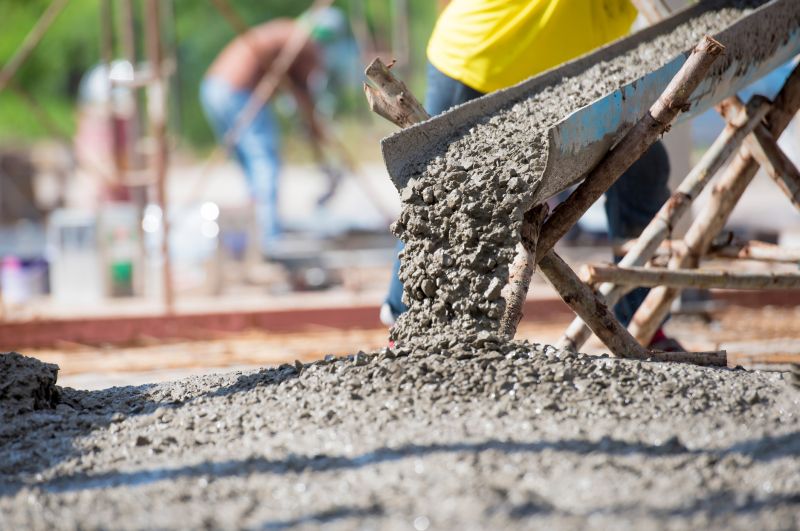
Mild weather conditions facilitate proper setting and curing of concrete.
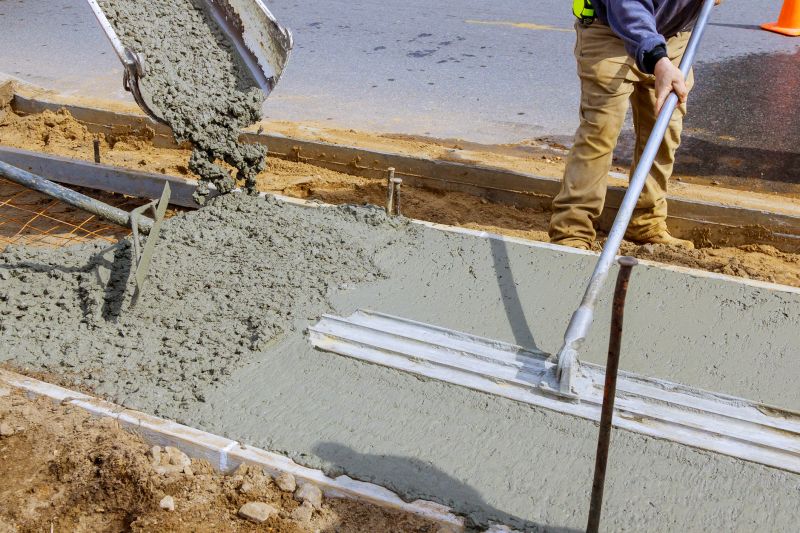
Spring offers moderate temperatures ideal for concrete work.
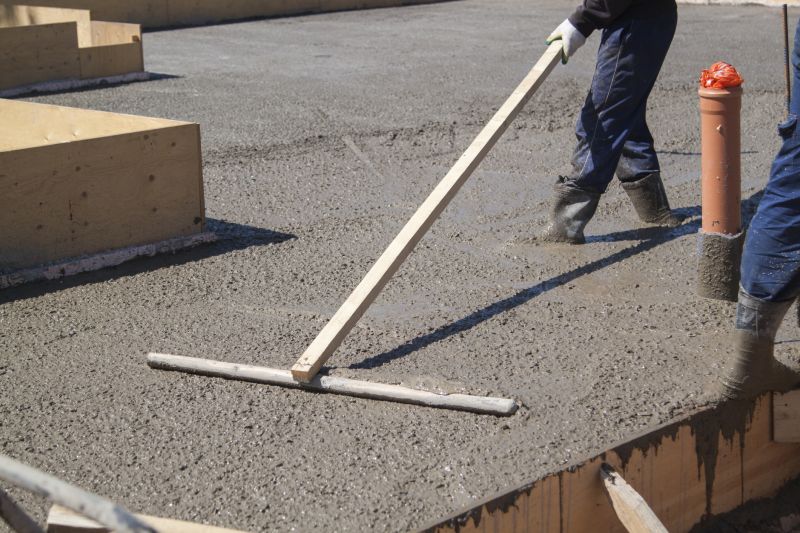
Fall provides cooler temperatures, reducing the risk of premature drying or cracking.
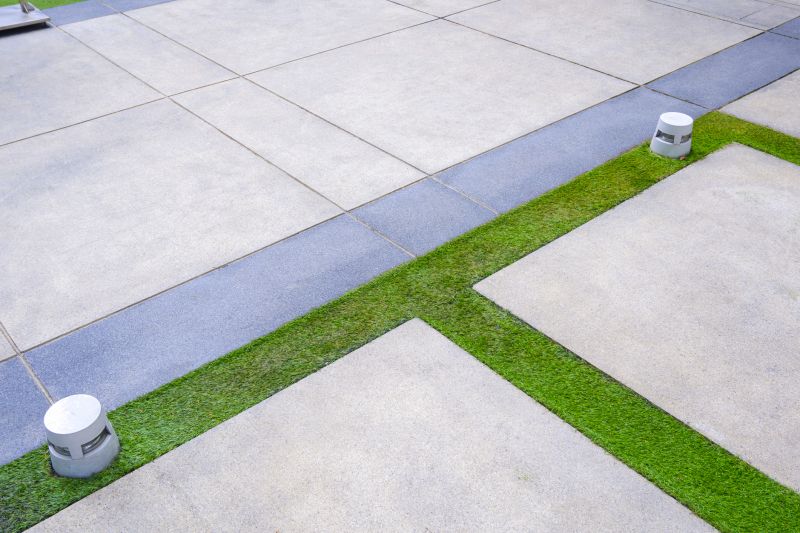
Ways to make Concrete Installations work in tight or awkward layouts.
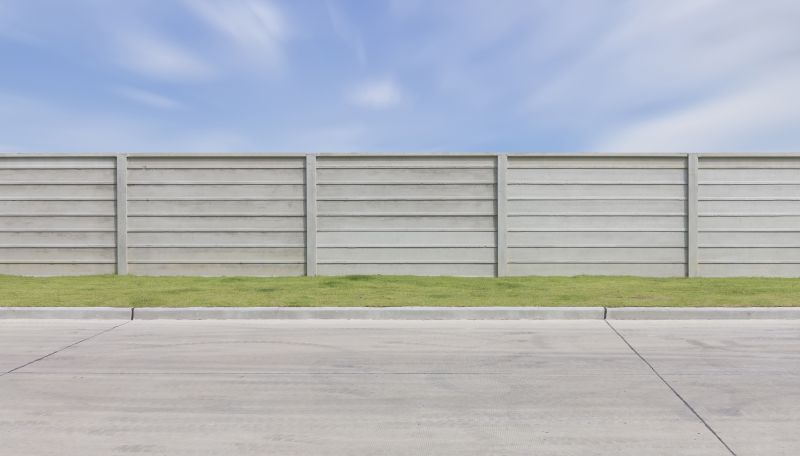
Popular materials for Concrete Installations and why they hold up over time.
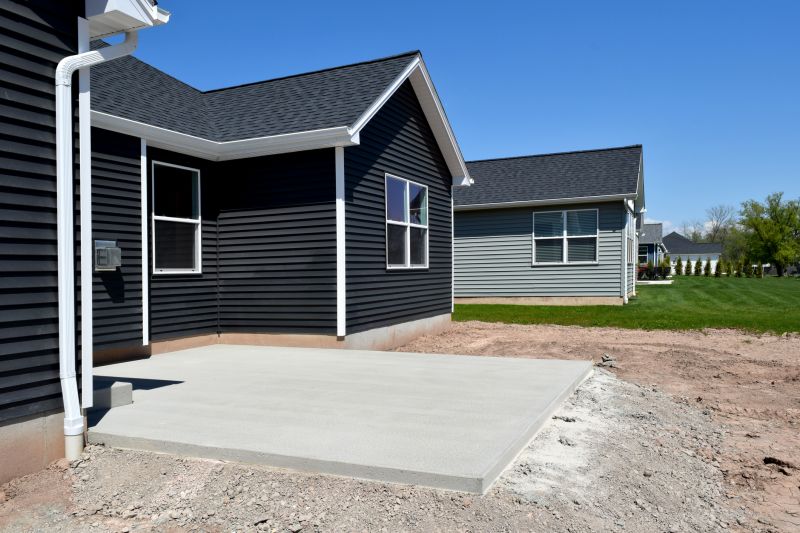
Simple add-ons that improve Concrete Installations without blowing the budget.
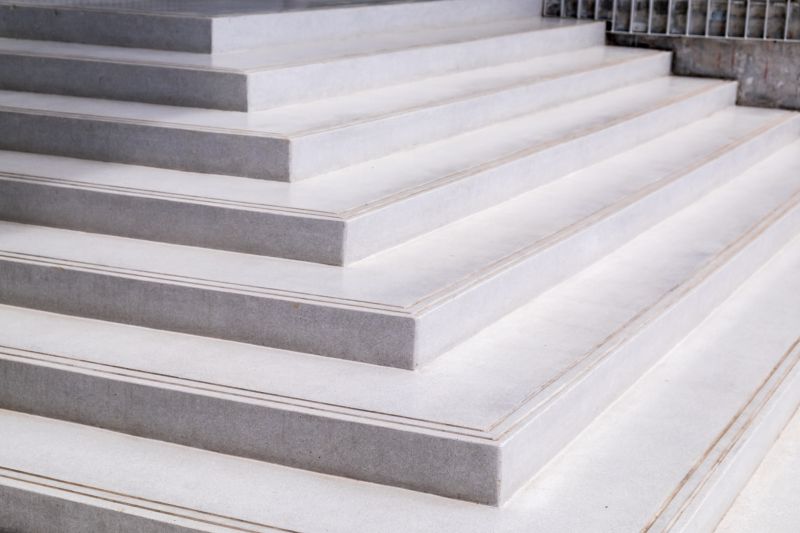
High-end options that actually feel worth it for Concrete Installations.
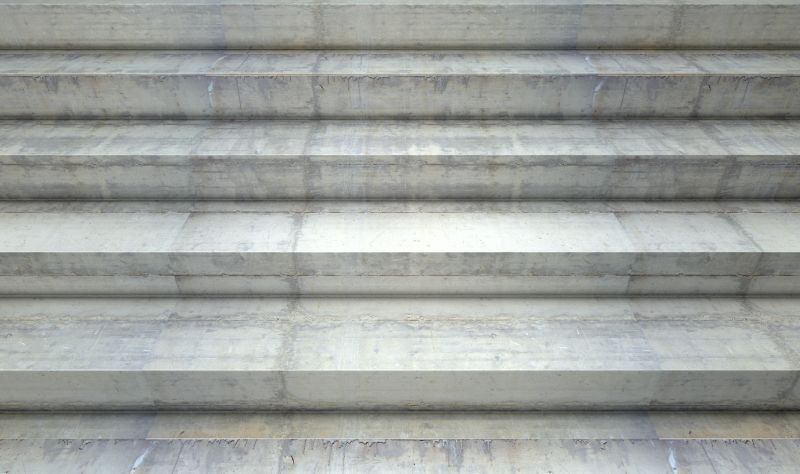
Finishes and colors that play nicely with Concrete Installations.
| Season | Optimal Conditions |
|---|---|
| Spring | Moderate temperatures, low humidity, minimal rain |
| Summer | Early morning or late evening hours to avoid heat |
| Fall | Cooler temperatures, dry conditions |
| Winter | Not recommended unless heated enclosures are used |
Concrete installation involves placing and finishing concrete to create durable surfaces such as driveways, patios, and walkways. Proper timing ensures the concrete cures correctly, achieving maximum strength and longevity. Factors like temperature, humidity, and weather conditions play critical roles in the success of each project. Skilled planning and execution help prevent common issues such as cracking, uneven setting, or surface defects.

A smooth, durable surface suitable for various applications.
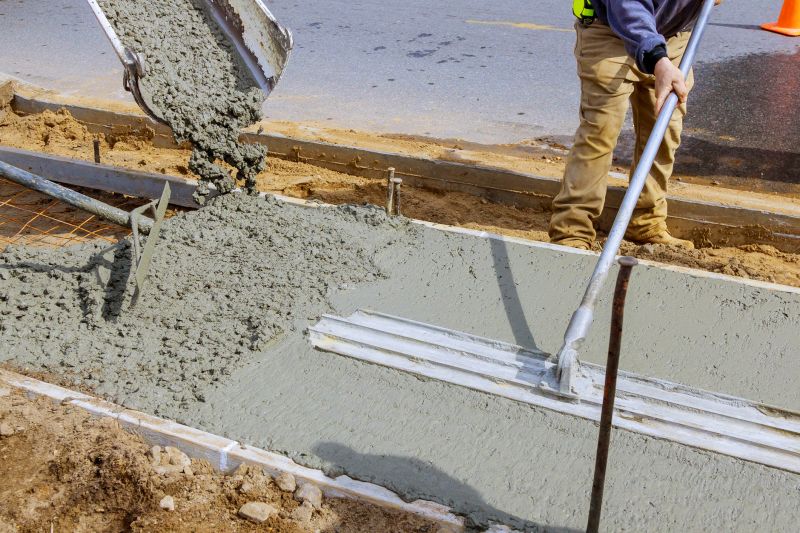
Properly timed pouring during optimal weather conditions.

Scheduling projects to align with favorable weather.

Ensuring proper curing for maximum strength.
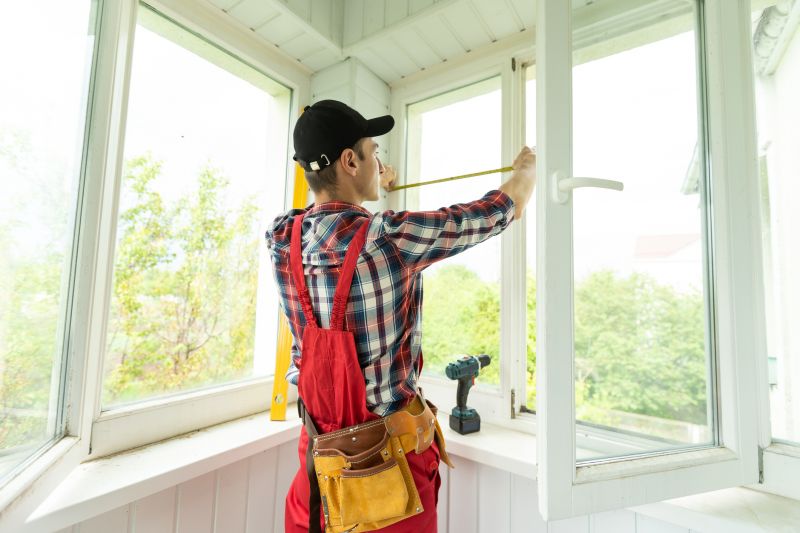
Little measurements that prevent headaches on Concrete Installations day.
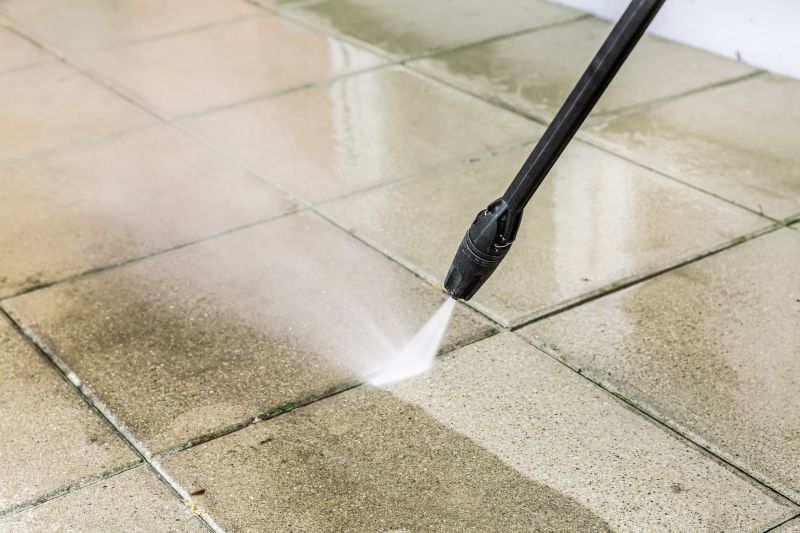
A 60-second routine that keeps Concrete Installations looking new.
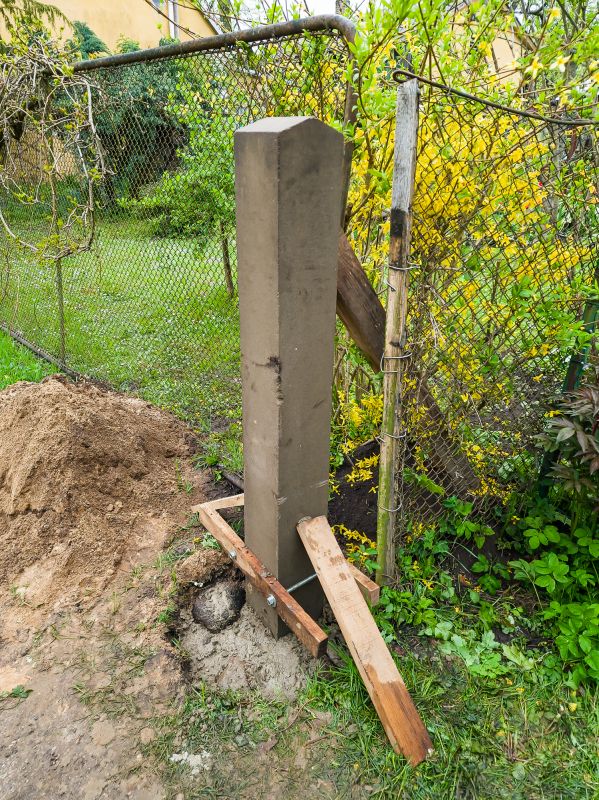
A frequent mistake in Concrete Installations and how to dodge it.
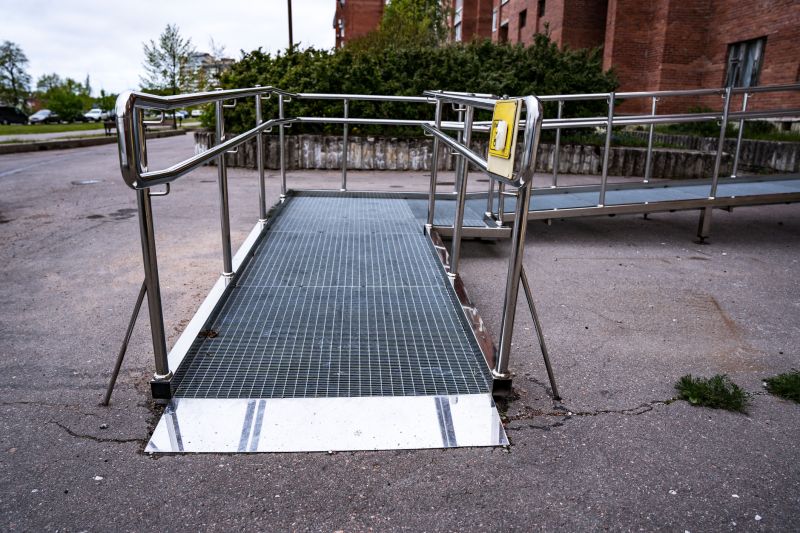
Small tweaks to make Concrete Installations safer and easier to use.
Choosing the right time for concrete installation is essential for achieving durable and aesthetically pleasing results. Consulting with experienced contractors can help determine the best period based on local climate patterns. Proper timing minimizes delays and reduces the risk of costly repairs due to weather-related issues.
Interested in scheduling a concrete project? Fill out the contact form to discuss options and timing.

